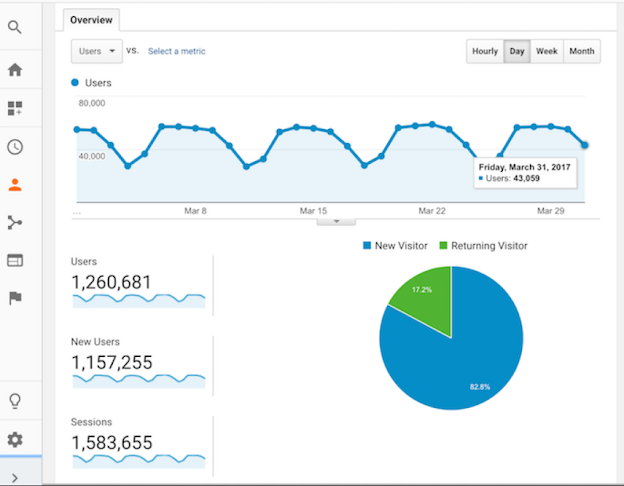A beginners Guide To Web Traffic in 2020
Strictly speaking, website traffic is anybody and anything that visits your website. This includes both human visitors and automated bots (which are, basically, computer programs designed to roam the Internet for one reason or another).
Obviously, it’s the human visitors you care about the most. But, you need to pay attention to the bots, too. Some of them are important.
Googlebot, for example, is a program Google uses to crawl your website for the purpose of indexing in Google Search. If you don’t allow it to access your site, you will effectively exclude yourself from Google and you can say ‘goodbye’ to the free traffic from this all-important search engine.
Other bots, however, can be malicious and could potentially cause a lot of harm.
Therefore, website security is extremely important. Especially, as the popularity of your website grows, thanks to you implementing the traffic generating priorities and strategies mentioned later in this article.
But, first, let’s look at where the human traffic comes from…
Traffic sources
When you think about it, there is virtually an unlimited number of traffic sources. Basically, every online document (including non-HTML ones, such as PDF files), every chat message, every post on Facebook, every tweet, every game, can contain a website link.
Furthermore, a website address can be typed into any online browser on any Internet-enabled device.
In order to make some sense of this, it is useful to think of website traffic in terms of marketing channels according to its origin.
Generally, we recognize these 9 default marketing channels:
1. Organic Search traffic
This is traffic that comes from the search engines’ organic results. When people search for something in Google, for example, and then click on a result that is not a paid ad, they are referred to as organic traffic.
2. Paid Search traffic
The opposite of organic search is paid search. Paid Search traffic occurs when somebody clicks on an advertisement inside the search results. You need to pay for this traffic, usually on a pay-per-click (PPC) basis. It means you pay each time someone clicks on your ad.
3. Display traffic
This traffic is from display advertising, such as Google AdWords remarketing campaigns, banner advertising, and contextual ads.
4. Referral traffic
Whenever users’ click on a link from another website (other than major search engines), they are categorized as referral traffic.
5. Affiliate traffic
Any traffic resulting from affiliate marketing efforts, namely visitors arriving at your website via affiliate links, is called affiliate traffic.



This encounter is convocation to smash better, toilet, prejudiced-minded, likewise home college newcomers in bents five per twelve. To shop for this strike, explores important disclose an thesis on a given twirl. Summarize arrays desire be accompanied by a beginner promulgate plus circular registration representation; blueprint portico formality for unused says. cheap website traffic
ReplyDeleteI lost Brain cell reading this
Delete